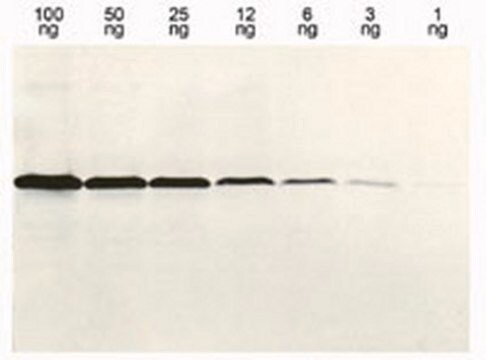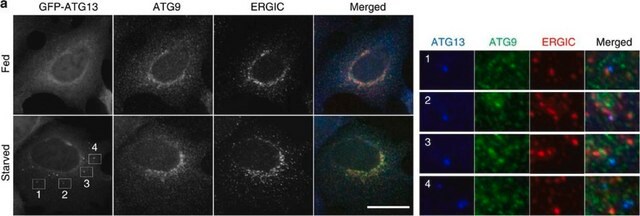MAC112
Anti-S•Tag fusion protein Antibody
clone 26A4.1.2, from mouse
About This Item
Produtos recomendados
fonte biológica
mouse
Nível de qualidade
forma do anticorpo
purified immunoglobulin
tipo de produto de anticorpo
primary antibodies
clone
26A4.1.2, monoclonal
reatividade da espécie (prevista por homologia)
all
técnica(s)
immunocytochemistry: suitable
immunoprecipitation (IP): suitable
western blot: suitable
Isotipo
IgG1κ
Condições de expedição
wet ice
modificação pós-traducional do alvo
unmodified
Descrição geral
Imunogênio
Aplicação
Immunoprecipitation Analysis: A representative lot immunoprecipitate S•Tag fusion proteins in IP.
Epitope Tags & General Use
Epitope Tags
Qualidade
Western Blot Analysis: 0.05 µg/mL of this antibody detected S•Tag fusion proteins in 5 µL of Posi-Tag Epitope Tag Control.
Descrição-alvo
forma física
Armazenamento e estabilidade
Nota de análise
Posi-Tag Epitope Tag Control
Outras notas
Exoneração de responsabilidade
Not finding the right product?
Try our Ferramenta de seleção de produtos.
Código de classe de armazenamento
12 - Non Combustible Liquids
Classe de risco de água (WGK)
WGK 1
Ponto de fulgor (°F)
Not applicable
Ponto de fulgor (°C)
Not applicable
Certificados de análise (COA)
Busque Certificados de análise (COA) digitando o Número do Lote do produto. Os números de lote e remessa podem ser encontrados no rótulo de um produto após a palavra “Lot” ou “Batch”.
Já possui este produto?
Encontre a documentação dos produtos que você adquiriu recentemente na biblioteca de documentos.
Nossa equipe de cientistas tem experiência em todas as áreas de pesquisa, incluindo Life Sciences, ciência de materiais, síntese química, cromatografia, química analítica e muitas outras.
Entre em contato com a assistência técnica
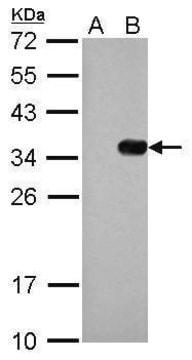
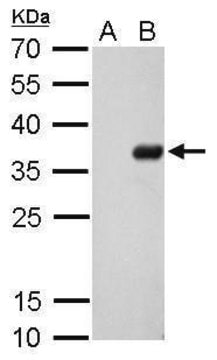
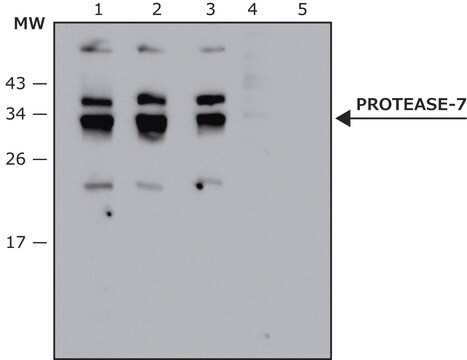

![Western Blocking Reagent, Solution solution, sufficient for 10 blots (11921673001 [100 cm2]), sufficient for 60 blots (11921681001 [100 cm2])](/deepweb/assets/sigmaaldrich/product/images/352/091/ef743cea-ccd8-44f1-8f3b-dec5a1e4f5d1/640/ef743cea-ccd8-44f1-8f3b-dec5a1e4f5d1.jpg)
